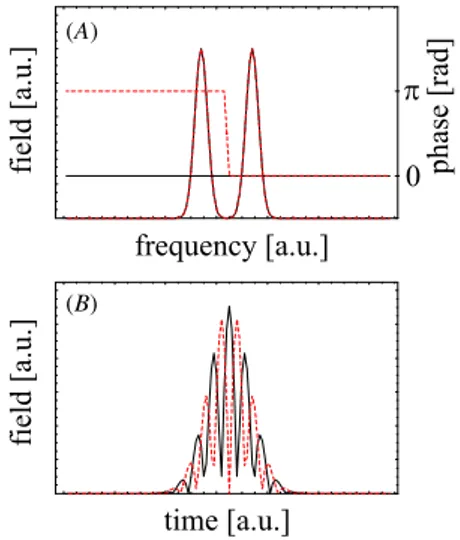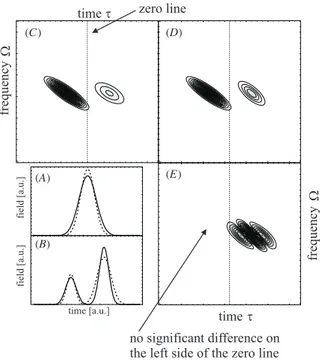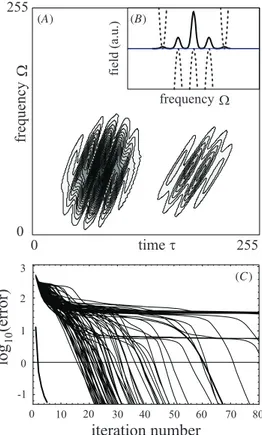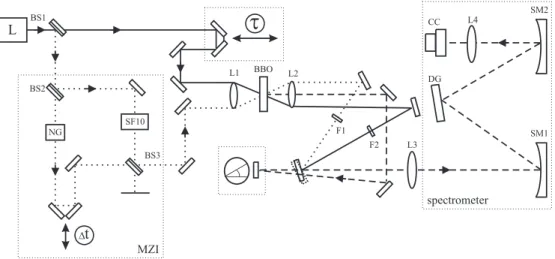A method for unique phase retrieval of ultrafast optical fields
Texto completo
Figure




Documento similar
Finally, by exploiting the temporal Talbot effect, DCS can be performed with two trains of optical pulses, as well as control their relative spectral phase by a fine tuning of
Moreover, the tool supported the collaborative design of the final application, resulting in an application with features and components agreed between the members of the
Here we use the spectral resolution of the high- order harmonic coherent frequency comb combined with the possibility to tune the laser wavelength, as well as a weak infrared
Both the shapes of the nuclear wave packets at each PES and the relative phase between them, determined by the interaction with the ultrashort pulse during the first CI passage,
X, Y, and Z-components of the surface displacement and traction fields for loads with magnitudes of 15%, 10% and 5% of the substrate Young ’s modulus, aligned with the X
In particular, we show that (i) the use of finite pulses results in a homogeneous redshift of the RABITT beating frequency, as well as a resonant modulation of the beating frequency
Thus, the global evolution of the voltage dip is correctly identified by using the proposed method, while the and absolute minimum method classifies it only as a phase-to-phase
This study is unique in reporting a genetic association between non-synonymous SNPs at SFTPD, SFTPA1 and SFTPA2, as well as of haplotypes encompassing these genes, with